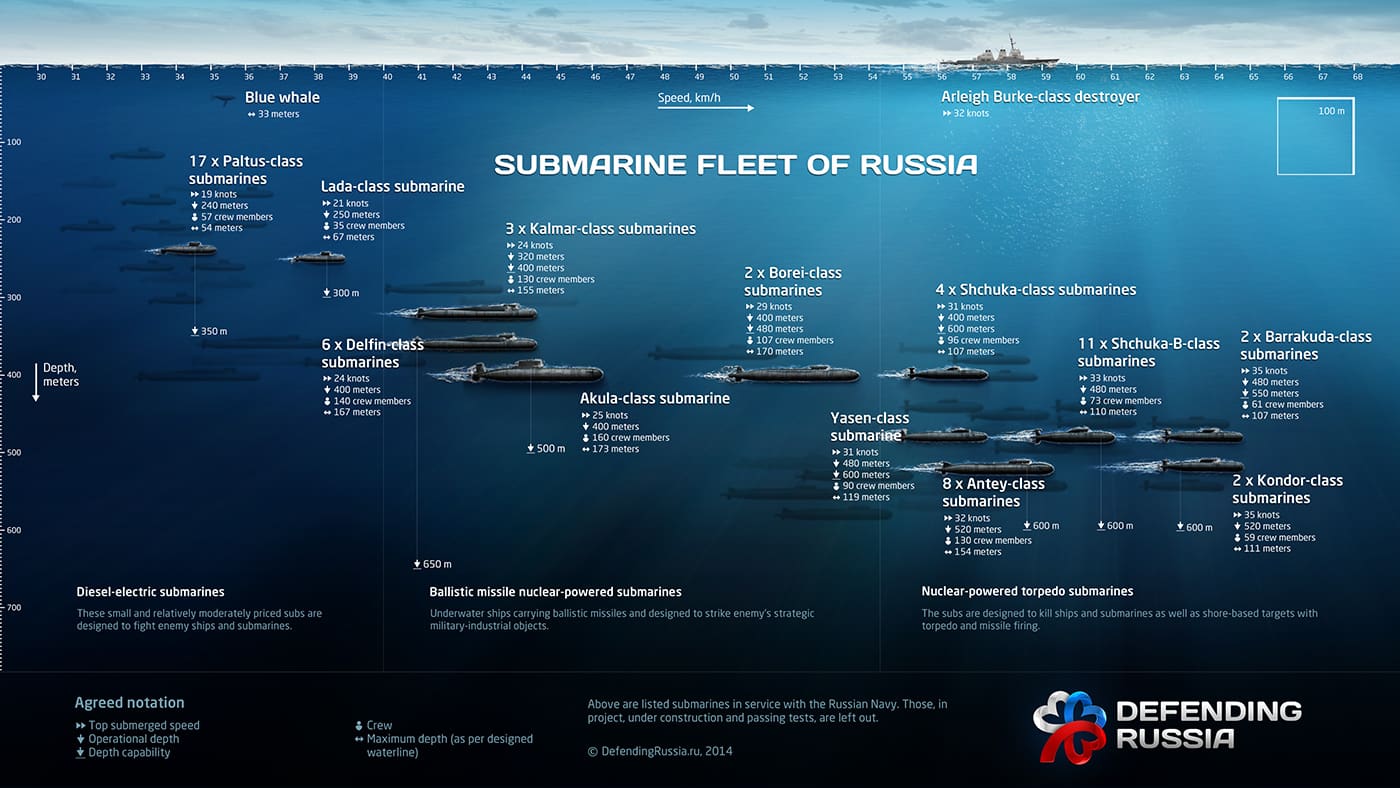As part of the adaptation measures taken by NATO Allies after Russian aggression,NATO Defence Ministers agreed upon an outline for future work to adapt the Command Structure[1]including a new Joint Force Command for the Atlantic to ensure that sea lines of communication between Europe and North America remain free and secure.
The decision was a strategic response to the increased Russian submarine activity observed within SACEUR’s Area of Responsibility (AOR). According tothe NATO Secretary General Jens Stoltenberg, ‘Russia’s submarine activity is now at its highest level since the Cold War, and they are operating all over the Atlantic’.
For many, the Alliance needs a new maritime strategy, ‘a deterrent one with teeth’ as well. The current one (2011 Alliance Maritime Strategy) reflects post Cold War menaces only and deals with maritime security and counter-terrorism.
The Russian Navy operates nuclear-powered ballistic missile submarines, which are an essential arm of Russia’s nuclear triad and capable of delivering nuclear warheads from thousands of kilometers away. This strategic capability puts the Russian Navy in the top tier of foreign navies. The Russian Northern Fleet has seven operational ballistic missile submarines. These are 6xDELTA IV (DELFIN) SSBNs and 1xDOLGORUKIY (BOREI) SSBN. One additional TYPHOON (AKULA) SSBN is used as a test platform. These SSBNs are protected by nuclear-powered cruise missile and torpedo attack submarines. In the Northern Fleet, these attack submarines include 3xOSCAR II (ANTEY) and 1x SEVERODVINSK (YASEN) SSGNs and 3xVICTOR III (SHCHUKA), 6xAKULA I/II (SHCHUKA-B), and 4xSIERRA (BARRAKUDA/KONDOR) SSNs. 6xKILO (PALTRUS/VARSHAVYANKA) class non-nuclear diesel-electric submarines are assigned to Northern Fleet for close-in area defence missions. A single PETERSBURG (LADA) class improved design experimental unit is also within the Northern Fleet [2].
The latest Russian State Armament Programme (SAP-2027) that covers the period between 2018-2027 and will further be updated after five years gives priority to the renewal of the fleet of strategic nuclear submarines. During SAP-2027 period following platforms are expected to be built;
- 5x995A DOLGORUKIY (BOREI) class nuclear submarines,
- 6×855 SEVERODVINSK (YASEN) class submarines,
- two special-purpose submarines, the BELGOROD(OSCAR II class) and KHABAROVSK(project 9851) are under construction. They are believed to be the potential carriers of the longrange, nuclear-armed, underwater drone mentioned by Putin in his state of the nation speech [3].

On 4 May 2018, The U.S. Department of Defense announced that it has officially offered to host the proposed NATO Joint Force Command for the Atlantic at its naval facilities in Norfolk, Virginia.
The U.S. concurrently re-establishes its second fleet command which was merged with the Navy’s Fleet Forces Command in 2011 to cut costs. The command will stand up July 1 and will have an initial manning of 11 officers and four enlisted personnel. The staff will eventually grow to 85 officers, 164 enlisted and seven civilians.
NATO Defence Ministers are expected to make a final decision on the location of new NATO Joint Force Command at the following Defence Ministerial to be held in June.
References:
[1] At the end of the Cold War, NATO had 22,000 staff across 33 commands.Today, NATO maintains personnel in 6,800 posts across seven commands.
[2] Russia Military Power, Building a Military to Support Great Power Aspirations, 2017.
[3] The Russian State Armament Programme, 2018 – 2027, Julian Cooper, NATO Defence College, 2018.

